What is the installation process of machine screw anchor
2025-05-13Before installing machine screw anchors, adequate preparation is the prerequisite to ensure that subsequent operations proceed smoothly. First, it is crucial to select the right anchor according to the specific needs of the project. This selection should take into account multiple factors, including the nature of the load, the characteristics of the substrate, and environmental conditions to determine the most suitable anchor type and specifications. Different anchors have different applicability in different applications, so it is important to carefully review the technical specifications and load tables provided by the manufacturer to ensure that the selected anchor can meet the design requirements and ensure its safety.
After confirming the specifications of the anchor, the next step is to fully prepare the installation area. It is essential to ensure that the installation area is clean and tidy and remove any debris and dust that may affect the performance of the anchor. The surface treatment of the substrate is also important. It is recommended to use tools such as brushes or compressed air to clean the installation area to ensure a smooth and dust-free surface. Check the quality of the substrate to ensure that there are no cracks or other defects to avoid affecting the load-bearing capacity of the anchor.
Drilling is a key step in the installation process. It is crucial to choose the right drill bit and drilling tools. The diameter and depth of the drill hole should be strictly selected according to the specifications of the anchor. Manufacturers usually provide recommendations to ensure that the hole size is a perfect match for the anchor. During the drilling process, the drill bit should be kept vertical to ensure that the hole depth and diameter are uniform and to avoid deviations that may cause the anchor to not be properly fixed. At the same time, it is necessary to control the speed and pressure of the drilling to avoid damaging the substrate due to overheating or improper operation.
After the drilling is completed, it is also important to clean the hole. Use compressed air or a vacuum cleaner to remove concrete dust and debris from the hole to ensure that the hole is dry and clean, thereby improving the fixing effect of the anchor. For expansion anchors, the anchor should be inserted vertically into the hole during installation and tightened with a wrench or power tool. During the tightening process, force should be applied gradually to avoid excessive force at one time, which may cause damage to the anchor or cracking of the substrate.
For bonded anchors, the installation process is slightly different. Before inserting the anchor into the hole, the adhesive should be evenly applied to the surface of the anchor and the hole should be filled with an appropriate amount of adhesive. Then, insert the anchor into the hole, make sure it is in the correct position, and apply a certain amount of pressure to ensure that the adhesive can fully fill the gap between the anchor and the hole wall. The curing time of the adhesive should be controlled according to the manufacturer's instructions, and any external force should be avoided during curing to ensure the best fixing effect.
Finally, after the installation is completed, necessary inspections and tests are important links to ensure the quality of anchor installation. Its load-bearing capacity can be verified by applying a certain load to ensure that it can meet the design requirements. In some cases, regular maintenance and inspections may be required to ensure the stability and safety of the anchor during use.




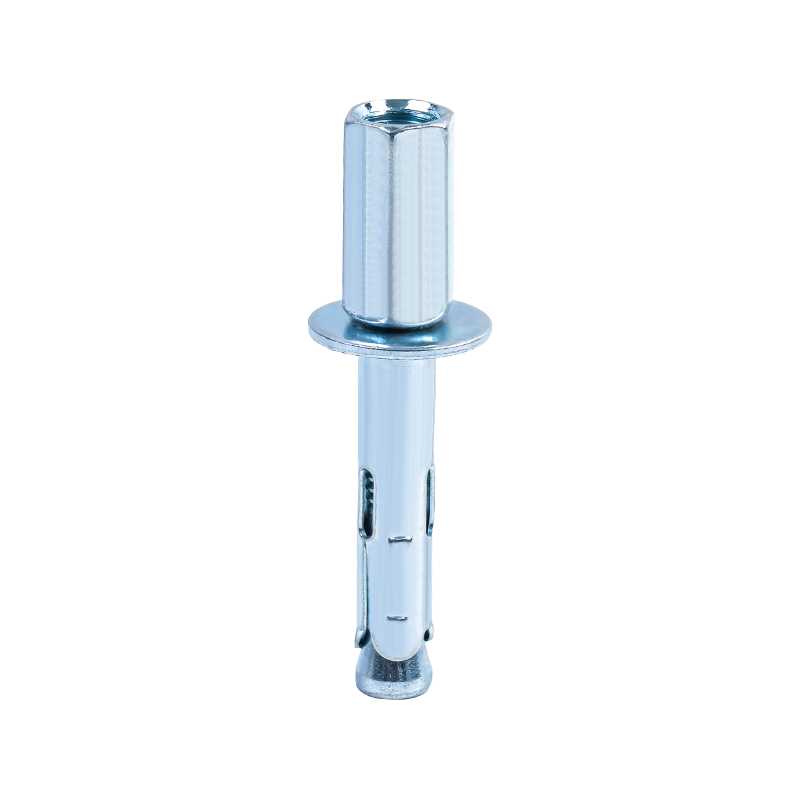
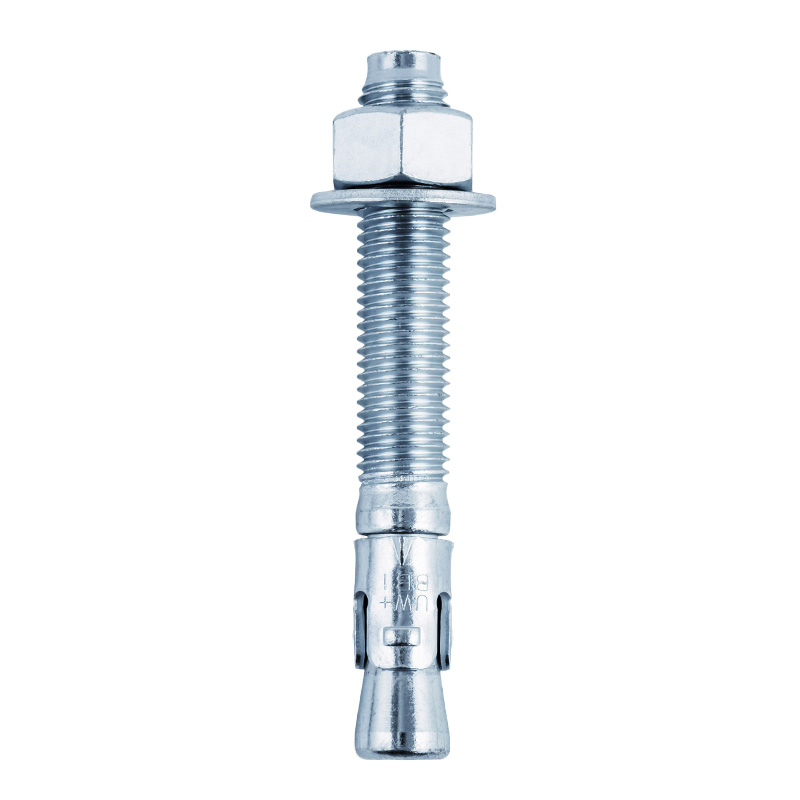
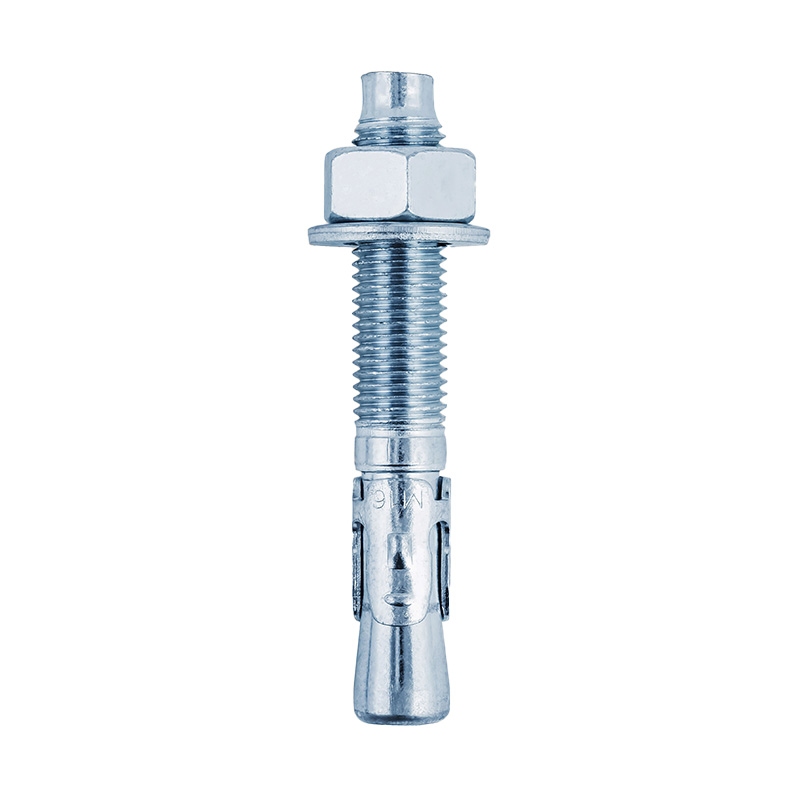
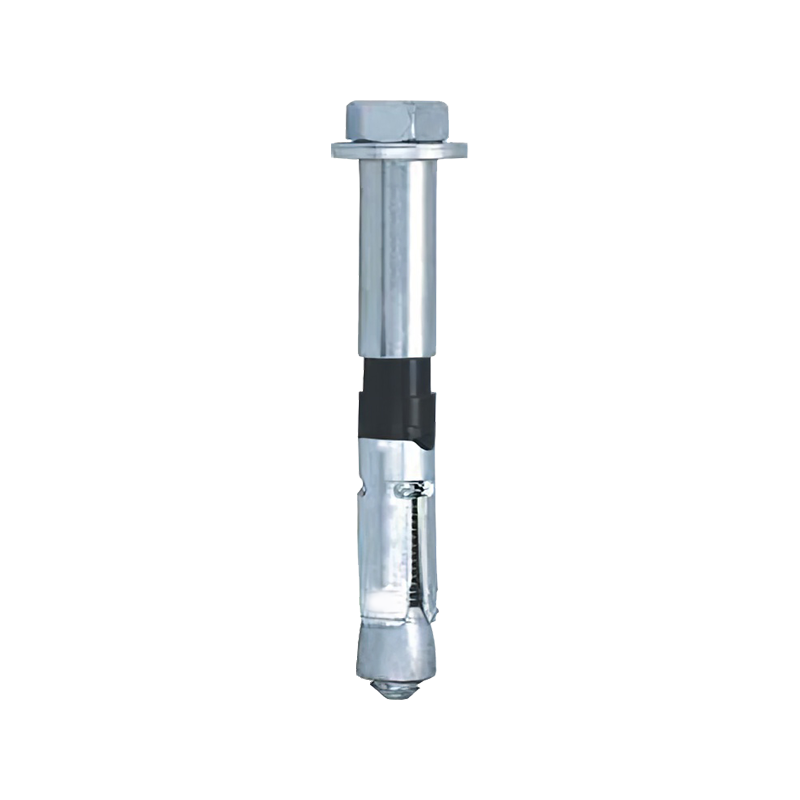
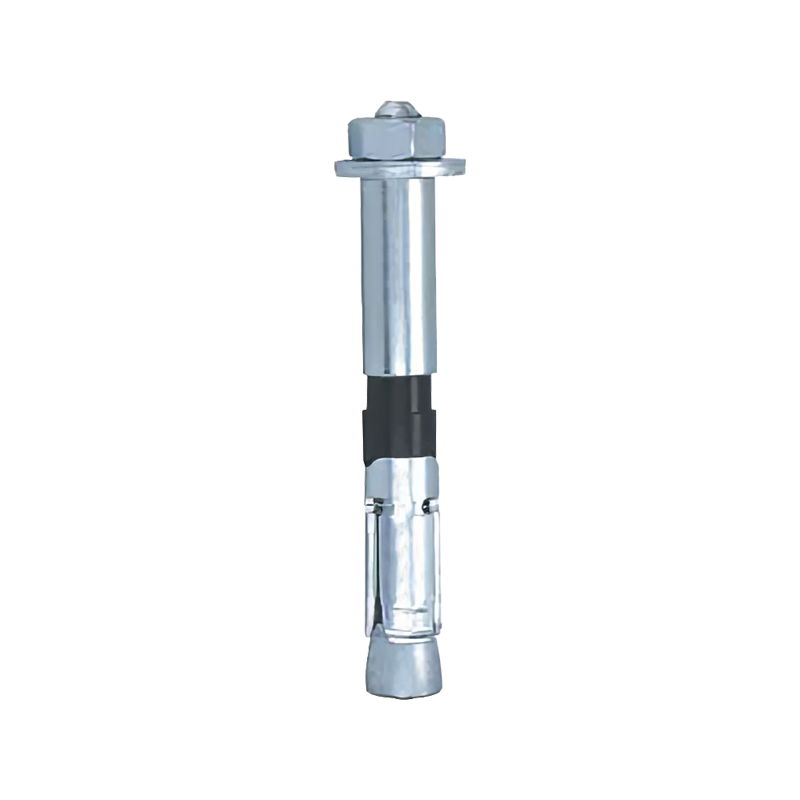
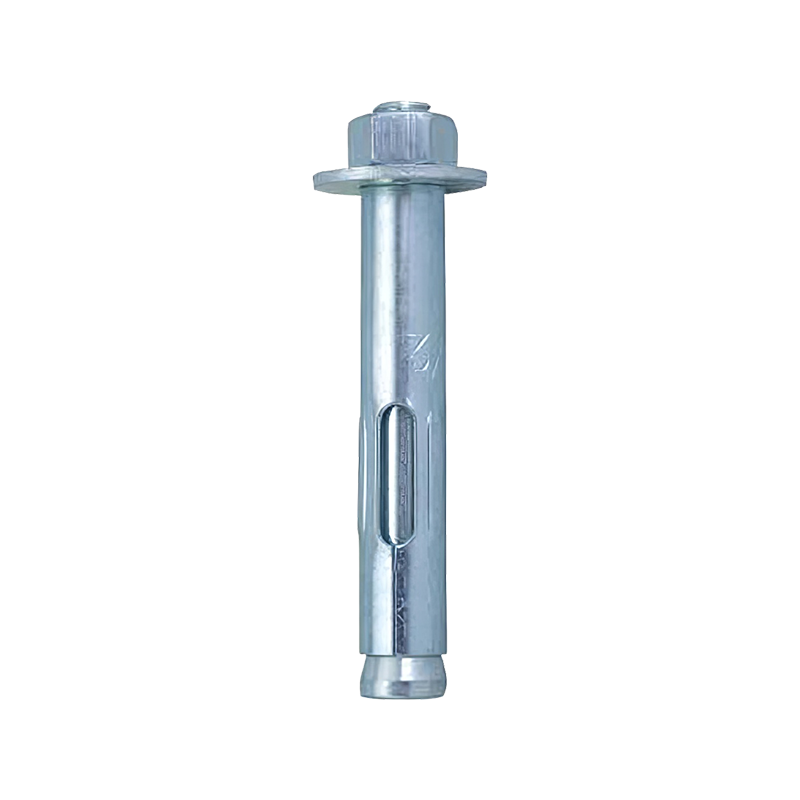
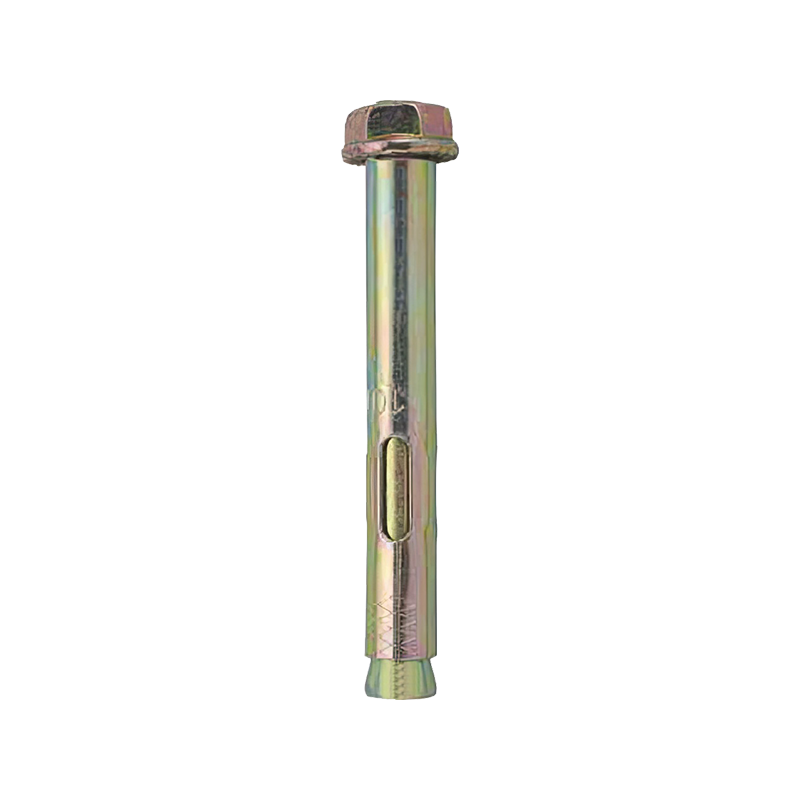

Contact Us